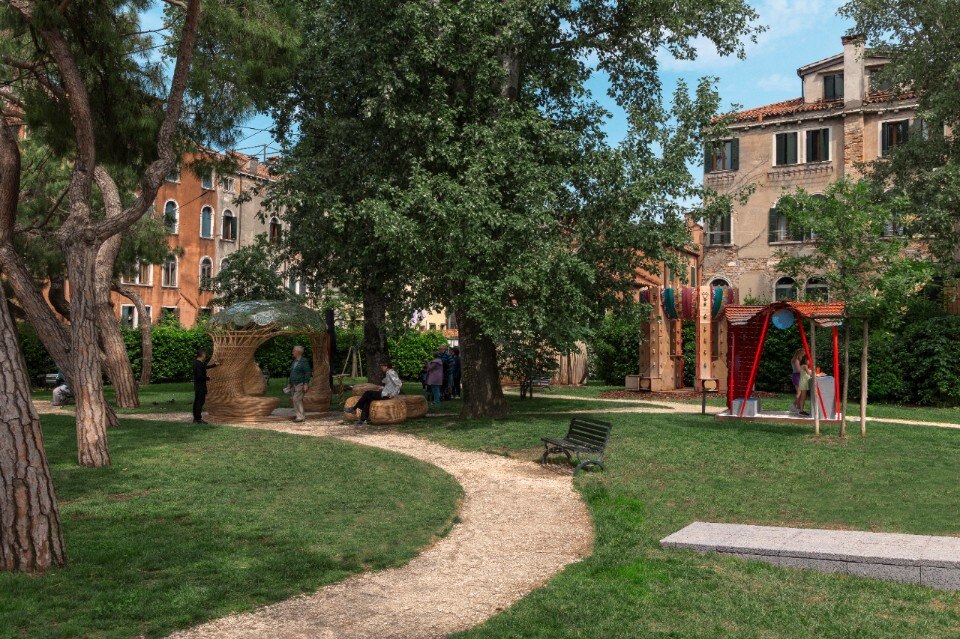The other effect of such an approach is that of not imposing an univocal interpretation but leaving the exhibition as an “open work” according to Eco’s noted semiotic thesis. “The Atlas” underlines Pierluigi Nicolin in the introduction of “Architecture as Art”, a draft of an archive and outline of a map, “presents an arrangement of things in the unified space of a parterre that alludes to the beginning of new actions and ways of being. The mapping, that excludes in principle a hierarchy, a centre and an order of meaning, responds to the desire to offer an open encyclopaedia”.
Even the new version of the Design Museum, dedicated by Silvana Annicchiarico to women in design, does not fail to free-up the flow of the project, articulated in two “verbal” macro-sections, Weaving and Procreating, via the works of the designers in chronological order. Alongside this are investigations into Protecting with a gallery of patron saints with their objects-attributes, and Representing, that highlights the exhibition design by Margherita Palli.

Wood: a key resource for south tyrol
In this northern Italian region, wood is a vital resource that brings together tradition, the economy and environmental protection. The short and sustainable supply chain is worth €1.3 billion and involves thousands of local companies.



